Analysis The more details that
emerge about Chromecast, Google's new streaming media dongle, the more
it sounds like you get what you pay for – and let's face it, $35 isn't a
lot. But don't be fooled. There's more to Chromecast than meets the
eye.
When the hardware hackers at
iFixit did their
teardown of the device, their conclusion was that it was "essentially a luxury item with limited use." And in my own
review
of Chromecast on Thursday, I was able to stream audio and video from
Google Play, Netflix, and YouTube, and little else. In short, it
couldn't do much that my existing gear couldn't do already.
But that's today. What about tomorrow – or a year from tomorrow?
A
closer look at the inner workings of Chromecast reveals that it's a
technology with impressive potential. In fact, if Google succeeds in
building an ecosystem around it, it could prove to be one of the most
important smart TV technologies to come along so far.
It's
essential to understand that when you buy Chromecast, you're not just
getting a dongle that can "do YouTube." That's what sets it apart from
most of the other smart TVs, set-top boxes, Blu-Ray players, and other
devices that can already stream YouTube content.
In fact, unlike a
Blu-Ray player that comes with a YouTube app baked into its firmware,
Chromecast can't really stream YouTube at all – not on its lonesome.
It's really just a receiver. To stream content, it relies on a "sender"
app running on an Android or iOS device or in the Chrome browser. Both
halves together make the whole.
How important is the sender app? Consider the Google Cast SDK documentation, which
explains,
"Given the nature of the interaction model, tabs, windows or popups
cannot be created, and there should be nothing on the receiver device
screen requiring input. All interaction with the application must be
done through a sender application."
With Chromecast streaming, you
never see any buttons or input boxes or menus on your TV screen. All of
that user interaction takes place on the sender device. Thus, the UI
you use to find and display content on your TV is the exact same UI you
use to find and display that content on your Android or iOS device or in
your browser. The only difference is that when you press the Cast
button, the content comes up on your TV.
But the Chromecast dongle
isn't just mirroring what you see on your sender device's screen. While
you're viewing the content on your TV, you're free to use your
fondleslab to browse the web, send emails, play games, or even dim the
screen and set it aside; the content keeps playing on your TV.
It does so because you're not streaming content from your tablet to your TV. What the sender app sends is just a
command that tells Chromecast to grab the content stream and render it
itself,
via a custom receiver application that's loaded and run on the
Chromecast dongle. Netflix content is streamed to a Netflix receiver app
running on the dongle, YouTube content streams to a YouTube receiver
app, and so on.
The dongle itself is running an embedded version
of Chrome OS, and Chromecast receiver apps are all web apps. Therefore,
any content that can be rendered in a browser using HTML5 and Google's
supported
media types and DRM technologies should also be supportable with a Chromecast receiver app. (Despite being based on Chrome, Google's
Native Client technology is not supported on Chromecast at this time.)
All
of this is significant for a number of reasons. First, it means
Chromecast is flexible. The word "platform" is thrown around too lightly
these days, but Chromecast is certainly closer to being a media
platform than most of the dedicated media player devices on the market
today.
Unlike a Blu-Ray player, Chromecast streaming is not
limited to the specific set of apps that come preinstalled when you buy
the dongle. Instead, it can support a nearly infinite number of
streaming sources, and you don't need a firmware upgrade to add new
ones: just download the app to your Android or iOS device. When you
press the Cast button, Chromecast automatically loads and launches the
appropriate receiver app.
Equally important, independent
developers don't need to wait around for the Chocolate Factory to
support their services. They can add Chromecast support to their apps
and media services themselves. In effect, the number of streaming media
sources Chromecast can support is limited only by developers'
willingness to adopt the technology.

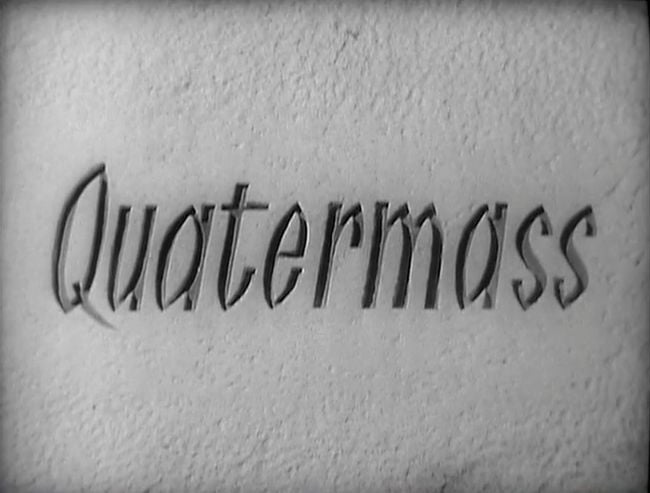
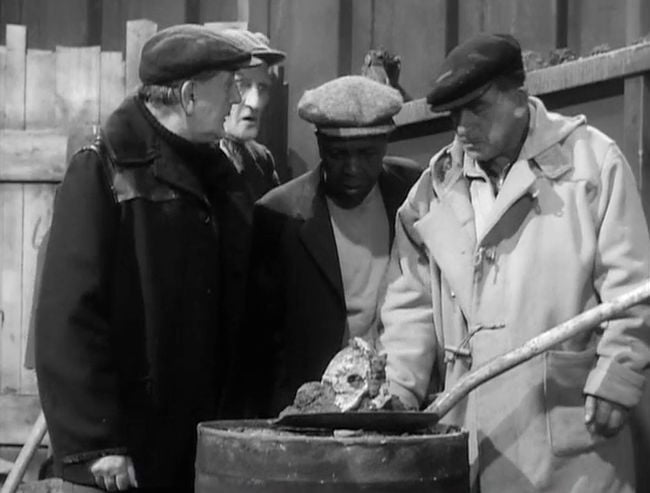 Working in harmony: labourers black and white together discover the secret of their common human ancestry
Working in harmony: labourers black and white together discover the secret of their common human ancestry
 Boffin and Breen: Quatermass and his military adversary ponder the pit’s portents
Boffin and Breen: Quatermass and his military adversary ponder the pit’s portents
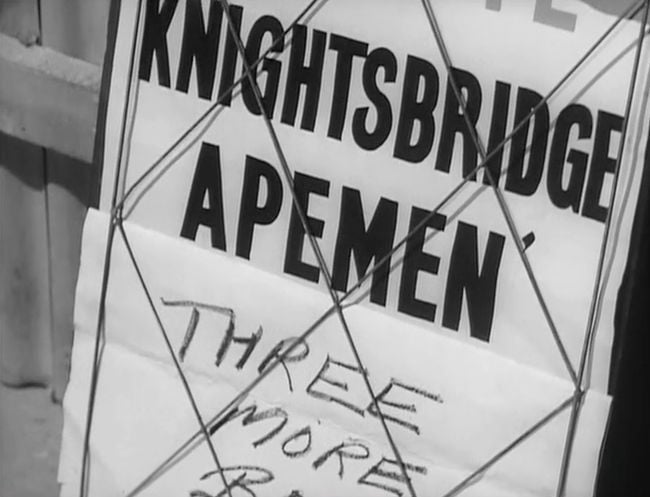 Apemen found in Knightsbridge - and we don’t mean Harrods customers
Apemen found in Knightsbridge - and we don’t mean Harrods customers
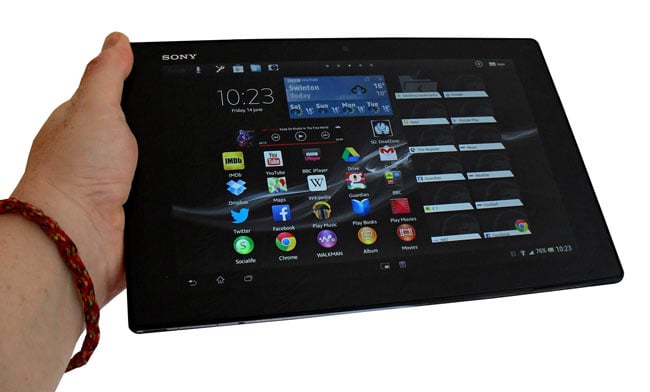 Xperia Tablet Z: you can hold it like this all day long
Xperia Tablet Z: you can hold it like this all day long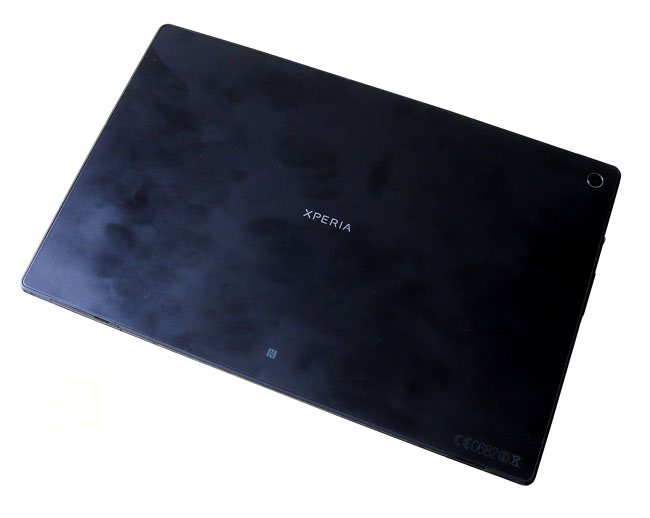 The back is pleasent to touch but shows up fingerprints badly
The back is pleasent to touch but shows up fingerprints badly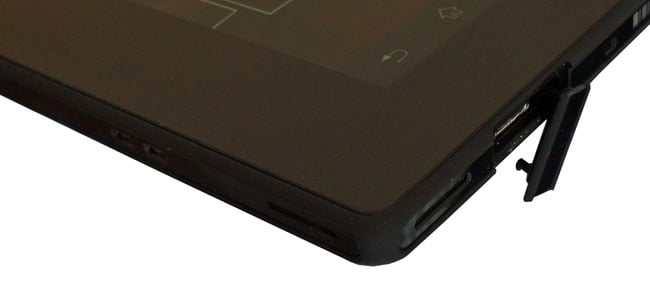
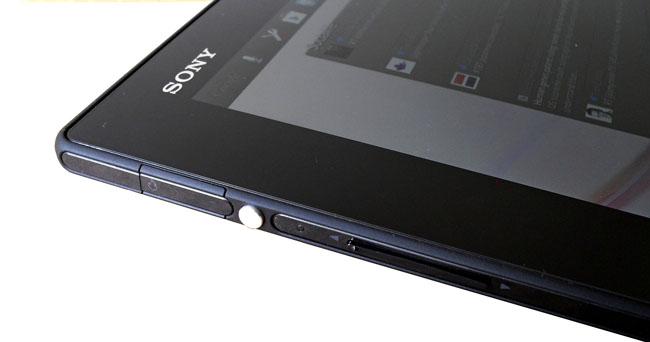 Top: Detail of speaker grilles, dock connector, and micro USB slot and cover
Top: Detail of speaker grilles, dock connector, and micro USB slot and cover
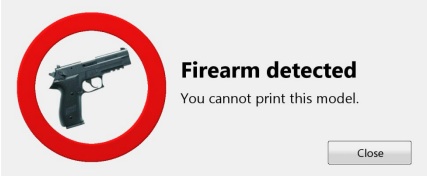 You can't argue with a dialog box
You can't argue with a dialog box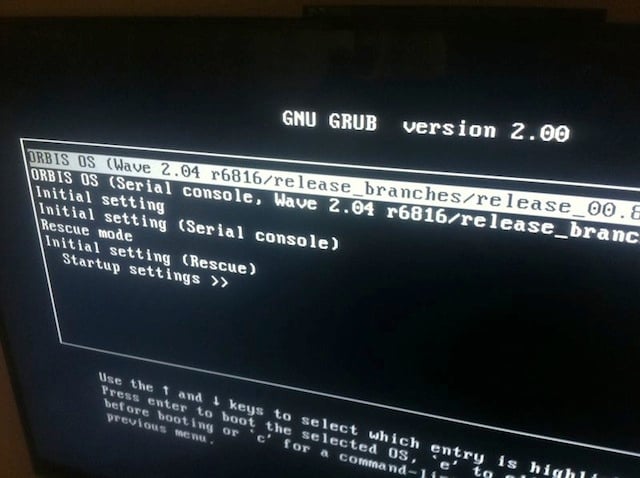 VGLeaks' capture of the Sony PS4 development bootloader
VGLeaks' capture of the Sony PS4 development bootloader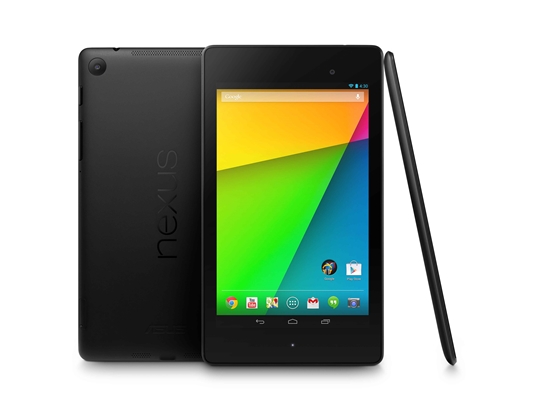 The updated Nexus 7 fondleslab, built by Asus
The updated Nexus 7 fondleslab, built by Asus